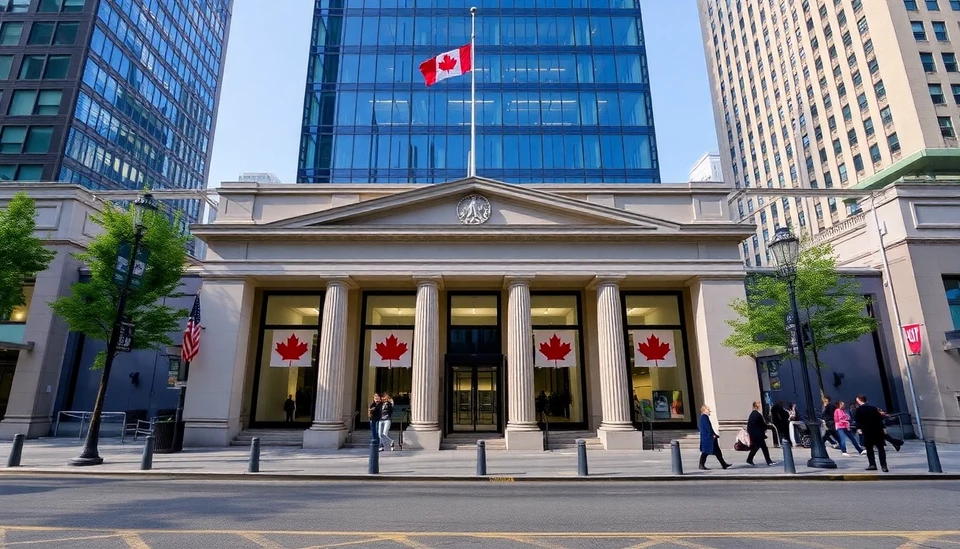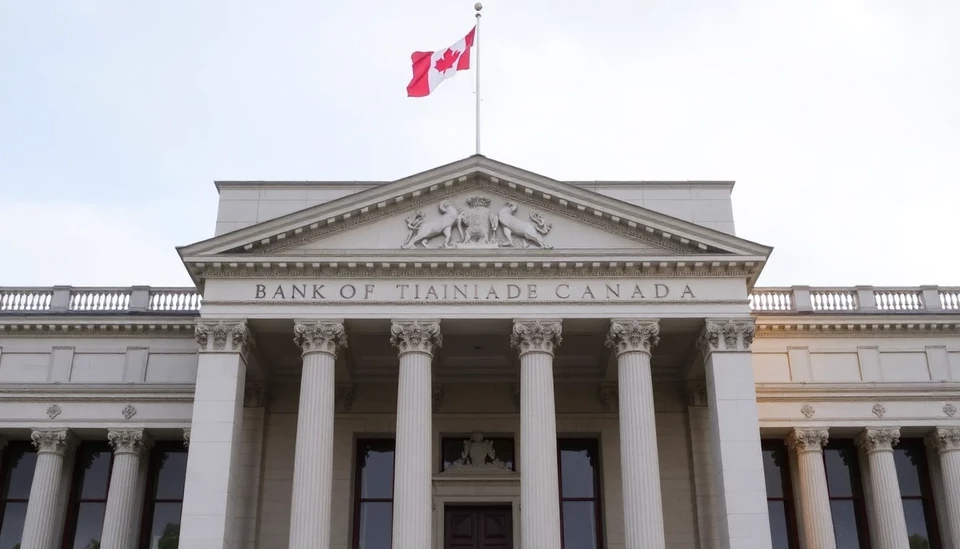
The Bank of Canada made a decisive move by reducing its deposit rate, a decision that seems to have effectively alleviated the ongoing stresses within the repo market. This strategic cut was announced amid rising concerns about liquidity within the financial system, which could potentially have adverse effects on economic stability.
The deposit rate now stands at 4.5%, down from 4.75%, marking the first reduction in the benchmark rate since it was lifted to combat inflation. By implementing this change, the central bank aimed to enhance liquidity conditions and encourage financial institutions to borrow and lend more freely, thereby stabilizing the repo market, which is critical for short-term borrowing and lending among banks.
Market analysts have noted that the reduction in the deposit rate directly influences the behavior of financial institutions, prompting them to rethink their strategies concerning overnight transactions. The Bank of Canada’s decision is viewed as not only a response to the pressure developing in the repo sector but also as a necessary step to maintain broader economic stability amid unpredictable market conditions.
In recent months, numerous financial institutions struggled with liquidity, making it harder for them to meet their short-term obligations. The repo market, which facilitates the sale and repurchase of securities, had displayed signs of strain, characterized by higher borrowing costs and tighter liquidity. By cutting the deposit rate, the Bank of Canada aimed to restore confidence and ease the tight conditions that were previously evident.
In the wake of this announcement, there was an immediate positive reaction from the markets. Financial analysts observed a decrease in the repo rates, suggesting that the cut was successful in enhancing the functioning of the repo market. Additionally, investor sentiment appeared to improve as the reduction indicated the central bank’s commitment to supporting the economy through manageable monetary policy.
This move can also be interpreted as a shift in the Bank of Canada’s approach to balancing inflation control with the need for liquidity and stability within the banking sector. While inflation has been a primary concern, the recent tightening of market conditions revealed the need for a recalibrated strategy that accommodates both objectives.
The decision to lower the deposit rate was received positively by market participants. Economists are hopeful that this measure will not only strengthen the repo market but will also contribute to enhancing overall economic activity in Canada. It’s expected that with improved liquidity, banks will be more willing to extend credit, which could foster growth in various sectors of the economy, reinvigorating investment and consumer spending.
In conclusion, the Bank of Canada’s recent rate cut appears to be a necessary intervention aimed at restoring stability in the financial landscape. As the implications of this decision unfold, market watchers will be keen to observe how it influences not just the repo market but the broader economic environment in the coming months.
For updates on the Bank of Canada's monetary policy and market reactions, stay tuned.
#BankOfCanada #DepositRateCut #RepoMarket #MonetaryPolicy #EconomicStability #FinancialMarkets #LiquidityStrain #InterestRates
Author: Daniel Foster




